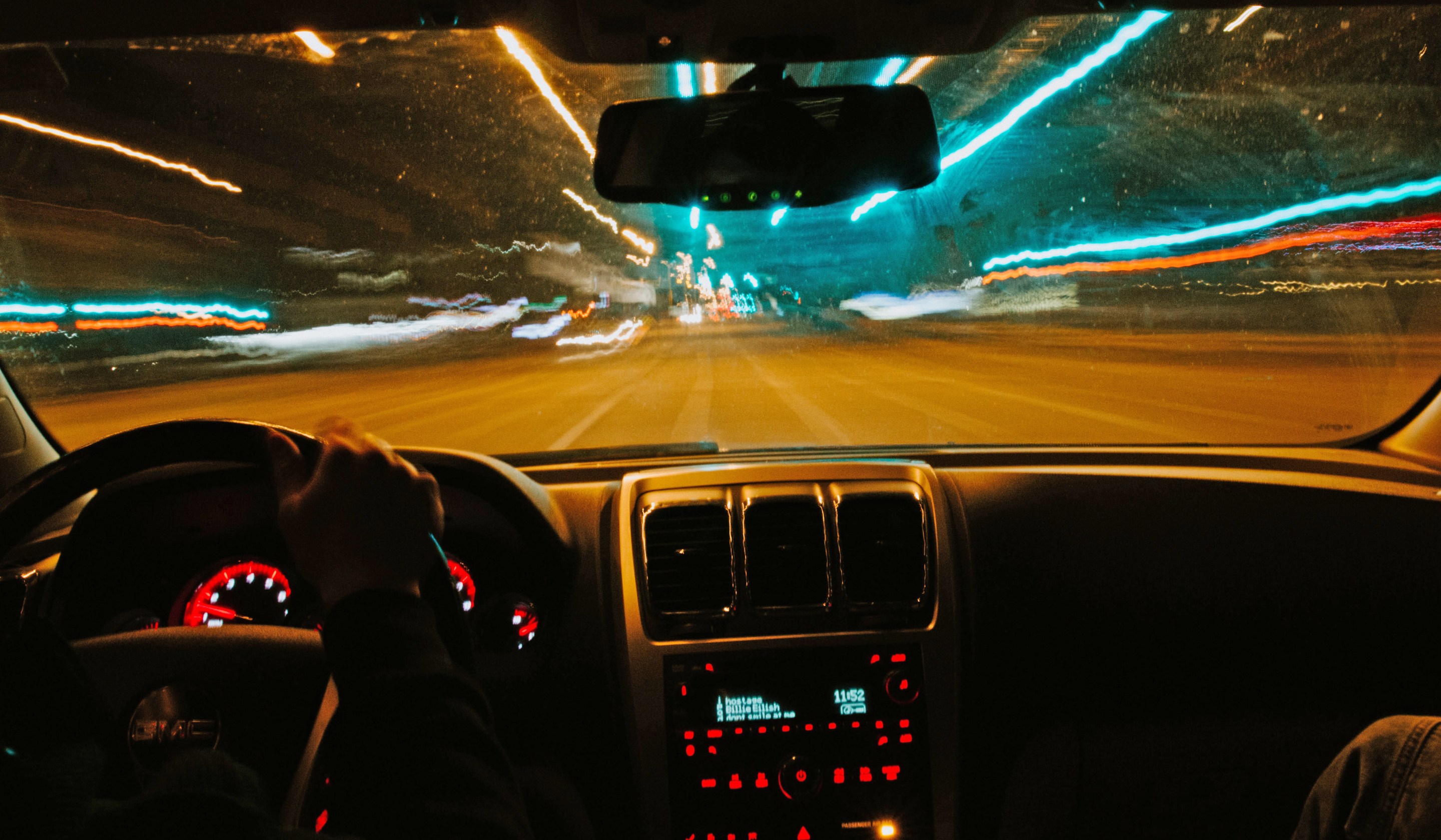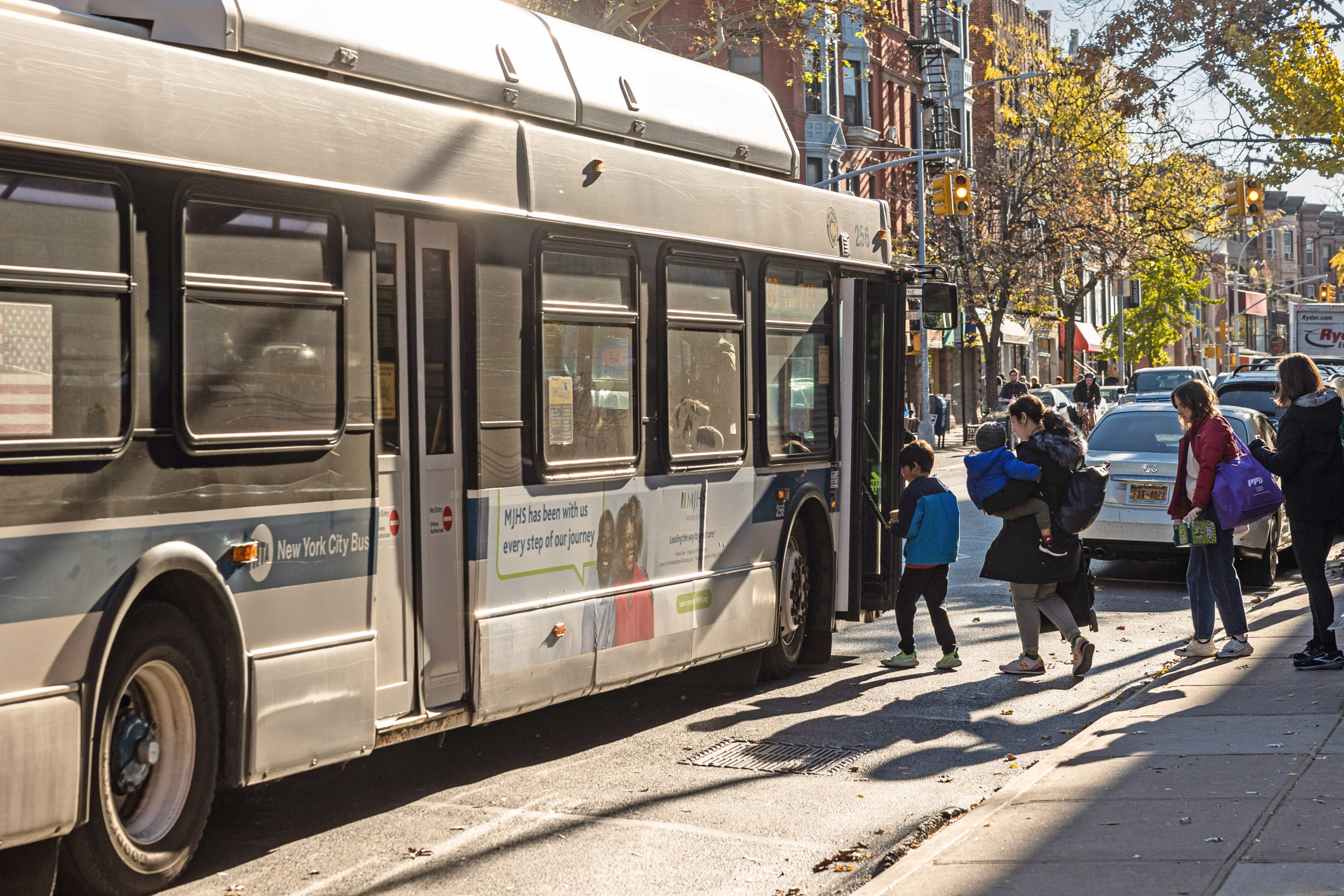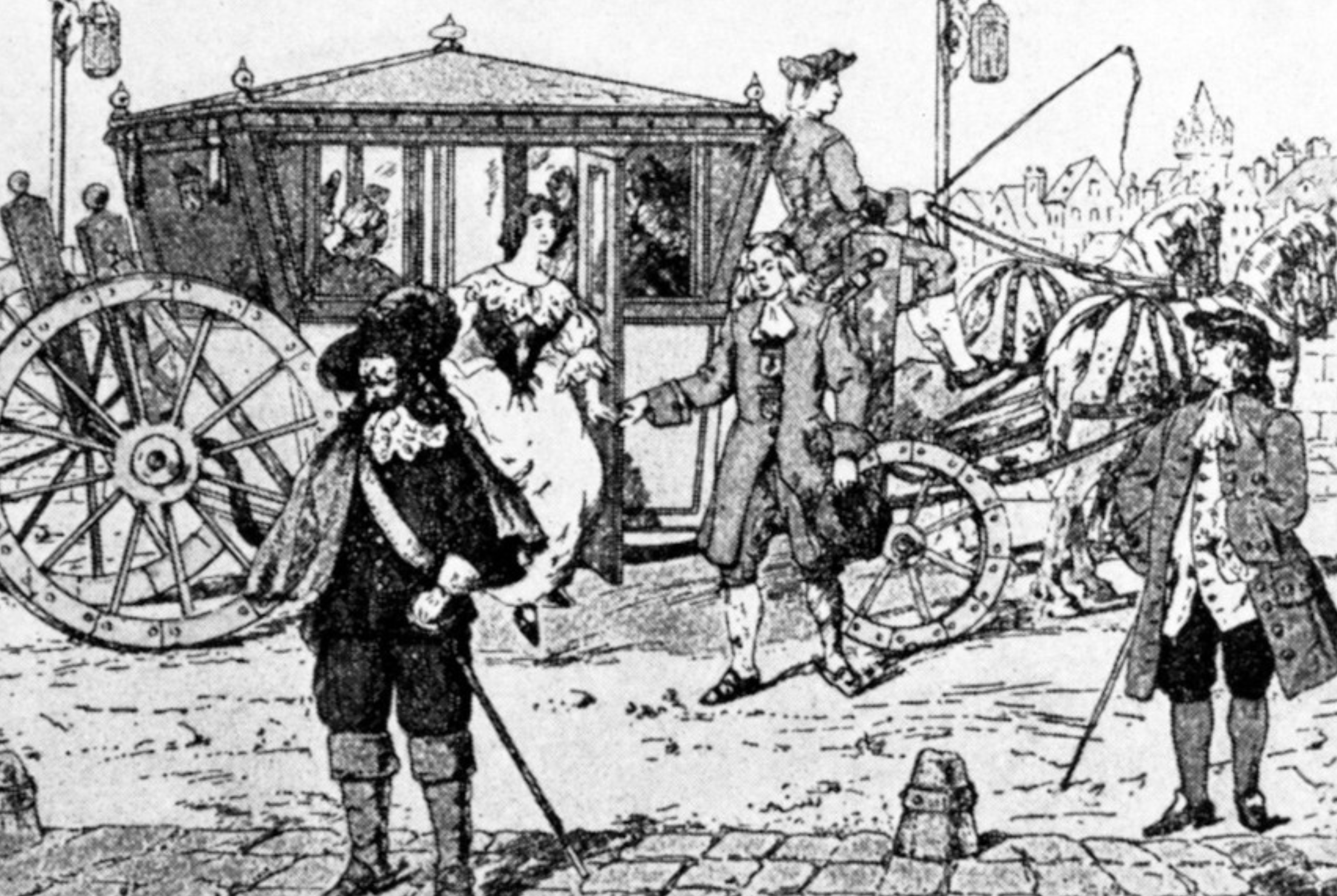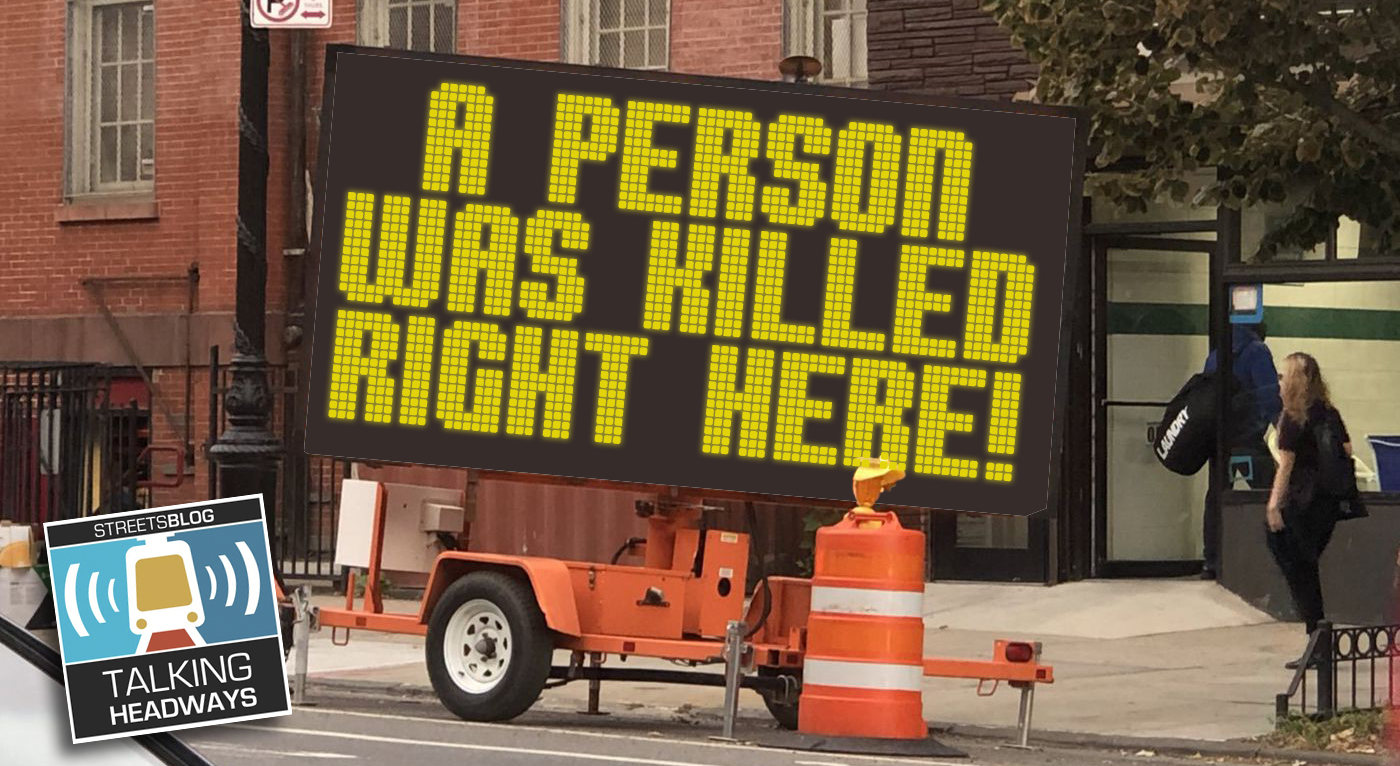Federal regulators are exploring a new rule that would require cars to detect when motorists aren't fit to drive, a move that advocates say could be the most transformative standard ever issued by the National Highway Traffic Safety Administration — if it can make it past the gauntlet of regulatory hurdles and culture wars ahead.
Last week, federal regulators finally issued an advanced notice of proposed rulemaking that could soon require new cars to come with Impaired Driving Prevention Technology, or IDPT, which can automatically detect if a motorist is too drunk or high to drive safely, and take action to prevent a crash. Some impaired motorists might even be prevented from even starting their vehicles with technology such as "touch" systems embedded in steering wheels or gear shifts that measure illegal blood alcohol levels under the surface of the skin, or ambient air sensors that can distinguish a drunk driver's breath from any passengers in the car.
Those ideas might sound futuristic, but the scientists behind a federal program that's been developing breath and touch sensors since 2008 estimate they'll both be ready for wide-scale deployment by 2025 — just in time for NHTSA to fulfill its congressional mandate to be require Impaired Driving Prevention Technology all new vehicles. Other technologies are being adapted from cabin-facing sensors that millions of cars already use to send alerts to drivers who are exhibiting signs of distraction — something all European cars will be required to have next year — which can be re-calibrated to recognize signs of drug or alcohol use, such as pupil size and whether drivers are nodding off.
The Insurance Institute for Highway Safety estimates that more than 10,000 lives would be saved every year if drivers with illegal blood alcohol levels were kept off the road — even after accounting for crashes that would have occurred anyway had the driver not been impaired. And if alcohol sensors are paired with more comprehensive driver monitoring and alert systems, the rule could help slash distracted and drowsy driving, too.
Mothers Against Drunk Driving National President Tess Rowland says that would be “the biggest legislative win in our 43-year history," and the culmination of 15 years of campaigning from victims and survivors like her.
"A sober driver would never know that [this tech] is there, and a drunk driver will be stopped before they can get to the roads and hurt themselves or others," Rowland added. "The deadline is tight, but ... every day we wait, people are in danger."
“On behalf of my family and victims and survivors who fought for this, we urge NHTSA to expedite this new safety standard so that no family has to experience the anguish we have." MADD's full statement on @NHTSAgov announcement today. https://t.co/bxNG0ciG1g
— Mothers Against Drunk Driving (MADD) (@MADDNational) December 12, 2023
Unfortunately, MADD's long wait for impairment prevention tech has been as much about politics as technology.
From almost since the IDPT rule was first included in the 2021 Bipartisan Infrastructure Law, federal Republicans have been trying to repeal it based on a raft of misinformation about what the technology is and does. Confusion has particularly swirled around "driver monitoring systems" like in-cabin sensors and vehicle telematics that automatically detect erratic driving, which some politicians fear could be a threat to privacy.
Other politicians have worried about the potential combination of driver monitoring and vehicle automation — and what happens if IDPT makes mistakes. Last month, Rep. Thomas Massie (R–Ky.) introduced an amendment that would repeal the proposed IDPT rule before it's even explored, colorfully comparing the technology to a "kill switch" that could mistake a "single mother" swerving on an icy road for a hardened DUI criminal and force her to pull over "in the middle of nowhere with [her] children in the backseat."
MADD argues that such scenarios and just "scare tactics," and that they would never support a rule that could potentially endanger motorists or their privacy. Many driver monitoring systems currently on the market aren't combined with the kind of vehicle automation that can stop a car against its driver's will, and they typically don't even store footage of their occupants, much less sell that information to third parties — unlike the countless other ways cars spy on us, whether for our safety or for corporate profit.
"This isn't about law enforcement; it’s not about collecting data," said Stephanie Manning, MADD's chief government affairs officer. "This is about making sure that people can’t illegally drive their cars when they’re drunk, and put every one of us at risk on the roads. People drive drunk because they can. We want to take that that option away from them.”
Both Manning and Rowland acknowledged that the fight to get IDPT on all new cars could be a challenging one. Before the rule is advanced, regulators will have to consider a host of feasibility factors like "consumer acceptance," as well as carefully testing ways to prevent drivers from disabling the technology or simply ignoring alert-based systems. And even if the industry can solve those problems and get the rule passed quickly, it can take decades for new vehicle safety standards to penetrate the overall fleet — though Manning argued that may still be a faster timeline than waiting for U.S. governments to slash impaired driving fatalities through non-technological approaches, as countless Vision Zero cities already have.
"We understand the Vision Zero vision ... of infrastructure and the built environment and policy [to create] systems of redundancy to serve as a safety net," she added. "At the same time, we are in crisis right now; we cannot wait for roads and bridges to be rebuilt and pavement to be poured while people continue to die in record numbers."
Manning said she's optimistic about the future of the rule, despite the challenges that lay ahead. Because while dozens of uncompleted rules sit on the shelf at NHTSA, this one has a uniquely motivated army of advocates behind it.
"MADD victims and survivors are engaged in a way that they’ve never been engaged before. … Over 10,000 lives will be saved and 400,000 serious injuries that will be avoided every year when this rule is implemented. There’s no other rulemaking that exists currently that could even come close to that."





